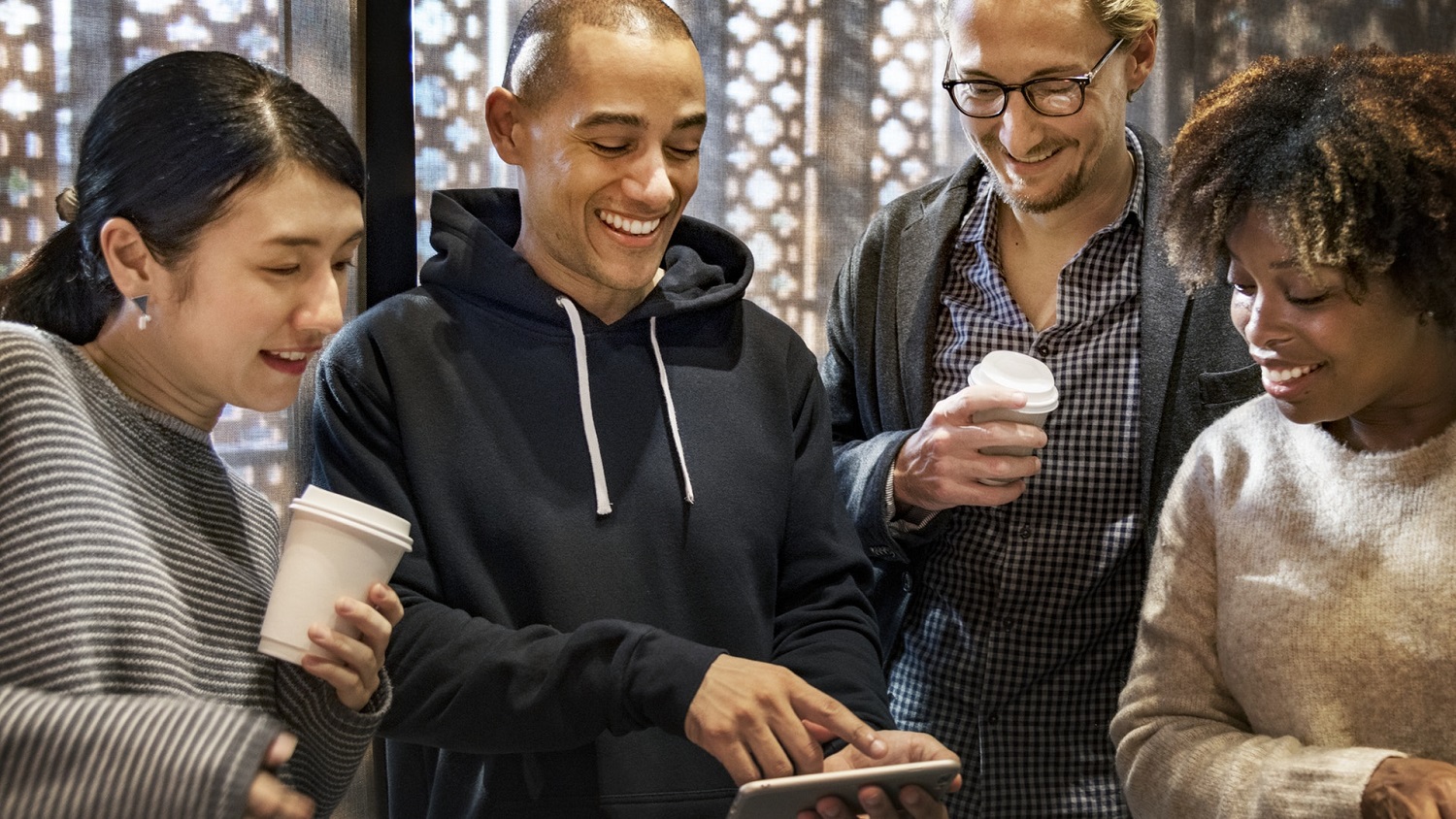 Special to the Philanthropy Journal
Special to the Philanthropy Journal
By Kelly Velasquez-Hague
The evolution of mobile technology, changing donor demographics, and the rise of social fundraising creates new challenges for nonprofits. Layer on retention rates that hover at less than 50 percent, and fundraising professionals must work harder to cultivate loyal, year-round supporters. Luckily, there’s new insights into an emerging donor group to expand your reach and donor base.
In a recent donor research study, OneCause found that nearly a quarter of U.S. adults identify themselves as Social Donors, giving at fundraising events or through peer-to-peer campaigns over the last 12 months. The findings are based on a survey of more than 1,000 U.S. donors who either sponsored someone in a fundraising walk, run, or ride event, donated at a ticketed fundraising event, like a gala, or contributed to a virtual occasion or campaign, such as a birthday or challenge. While there’s many differences between these types of donors, they are all driven by a social connection to a cause.
 Peer-to-peer and event donors aren’t new, but the Social Donor Study for the first time moves beyond the transactional data, to look deeper into the psychographic drivers that contribute to attracting and converting those who give socially.
Peer-to-peer and event donors aren’t new, but the Social Donor Study for the first time moves beyond the transactional data, to look deeper into the psychographic drivers that contribute to attracting and converting those who give socially.
Power of Social Influence
Social Donors don’t need to be deeply familiar with a nonprofit’s mission prior to giving, with 38 percent giving for the first time. That represents huge potential for nonprofits to connect to a new group of givers. Majority of these donors hear about a social giving opportunity from their friends, family, and colleagues. This means your organization relies on a third-party to tell your story and convey your mission.
This isn’t limited to peer-to-peer fundraising campaigns. There’s also been a recent trend towards Ambassador Fundraising, harnessing loyal supporters to fundraise in connection with signature events to drive attendance, sponsorships, and donations. The new power of philanthropy lies in your ability to fully harness supporters’ social networks and amplify your efforts through connected fundraising.
The key driver to successfully turning your biggest supporters into fundraisers is to make it seamless and fun. The right technology is central to empowering and motivating supporters with competitions, social sharing, streamlined registration and easy-click donation forms. It’s important to find a solution that fosters an engaging supporter experience and has built-in social fundraising capabilities.
The Giving Experience
For Social Donors, their first impressions of an organization, including the donation experience, are very important. The majority of Social Donors say the ease of the giving experience played a key role in motivating them to make a donation. However, the Social Donor Study found that nearly 20 percent of surveyed donors did not find their giving experience “very easy” and only 68 percent had a favorable giving experience. Add in the potential supporters who were turned off prior to giving with a difficult or clunky donor experience, and you have a critical need for nonprofits: optimize your giving experience.
First, map out the giving experience through the lens of Social Donors. Eliminate unnecessary steps, clicks, or manual processes to create the most seamless giving experience possible. Remember, many of these are first-time donors who might not be familiar with your mission, so be sure to include clear impact statements and calls to actions to drive conversions.
Retaining Social Donors
The Social Donor Study also found good news for nonprofits; an increased opportunity for retention when Social Donors understand the impact of their gift, have a positive giving experience, and receive consistent follow-up.
It’s important Social Donors feel like their donation made a difference. Instilling donor confidence starts with your event or donation landing page. Be clear about how the fundraising proceeds will be used with a quantifiable impact for each donation level. Then follow-up post gift with details on mission progress and the impact of their donation or campaign. Communication matters. Donors who did not receive a follow-up were far less likely to say they would give again to an organization.
There’s opportunity to build a deeper connection with Social Donors and cultivate repeat gifts. Fifty-four percent of surveyed donors say they plan to give to the organization again in the next 12 months, with 88 percent intending to give the same amount or more. More than half of the Social Donors surveyed will give again to your cause if you engage and motivate them. Bring the social donor experience full circle, weaving the social connection into follow-up communications. Help facilitate personalized thank-you’s and additional appeals directly from the person that brought them into a campaign or event. Social Donors are most open to additional donation requests coming from their social network.
In summary, to build a more loyal, sustainable social donor base, nonprofits should focus their efforts on recruiting active ambassadors with large social networks, building simple, engaging giving experiences, and developing a targeted follow-up strategy to foster deeper connections. The future of fundraising is social, and Social Donors will play an important role in helping nonprofits reach their fundraising goals.
Kelly Velasquez-Hague is the VP of Donor Engagement Strategy at OneCause.




